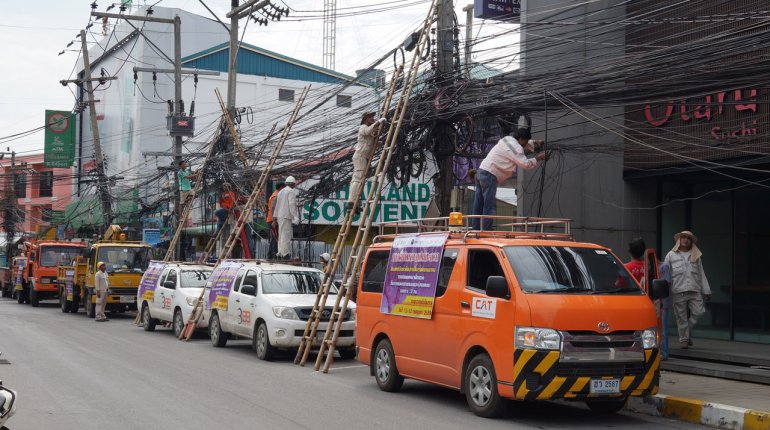The Nation reported that demand for major building materials like cement and steel is expected to continue growing by 5% to 10% in 2011, driven by mega projects, home repairs after the floods last year and expansion in some industries like automobiles.
Mr Pramote Techasupatkul president of SCG Cement predicts that overall cement demand will increase by 5% from about 26 million tonnes in 2010. The government’s construction projects for roads, irrigation system and dams, as well as home repairs after the flooding, are the major factors. Cement consumption in 2010 was up about 7%.
Mr Chantana Sukumanont EVP of Siam City Cement said that cement demand would pick up starting this quarter, boosted by many state mega projects.
For 2010, SCCC had forecast market demand for cement to rise 8% from about 25 million tonnes in 2009 to 26 million tonnes. The target was revised down from the 10% forecast made early in the year due to the recent flooding.
Mr Pakkapol Leopairu, assistant VP in the financial management department of TPI Polene, said that the company predicts cement demand to expand by 5% to 10% from about 25 million tonnes in 2010 mainly due to the Thai Khem Khaeng economic stimulus projects. PI Polene expects its cement sales volume to grow in line with the industry.
He added that “We believe the economy in 2011 will be better. So, cement demand will keep growing.”
Mr Vikrom Vajragupta director of the Iron & Steel Institute of Thailand forecasts that steel demand would grow by 10% to nearly 15 million tonnes from about 13.4 million tonnes expected for 2010.
The automobile industry will remain the biggest user, after expanding sharply in 2010. Steel demand of 13.4 million tonnes in 2010 was an increase of at least 30% from 10 million tonnes in 2009.
Steel demand during the first 10 months of 2010 was nearly 12 million tonnes, increasing by 45% from 8.10 million tonnes in the same period of 2009. Construction remains the largest consumer at 54%, followed by the automobile industry at 16%, machinery and industry at 13% and electric appliances at 12%.
Because of the increasing demand, Thailand would also increase steel imports in 2011, particularly for use in the automobile industry.
A recent report on steel demand in 2010 from Kasikorn Research Centre said investment in the construction and automobile industries remains the major driver for steel demand in the near future. The government plans to extend the capital’s mass rapid transit network, particularly rail routes, from 2010-2019.
Investment in condominium projects along the electric train routes will increase significantly during that period. Automobile production is projected to hit 2 million units by 2012.
(Sourced from www.nationmultimedia.com)
